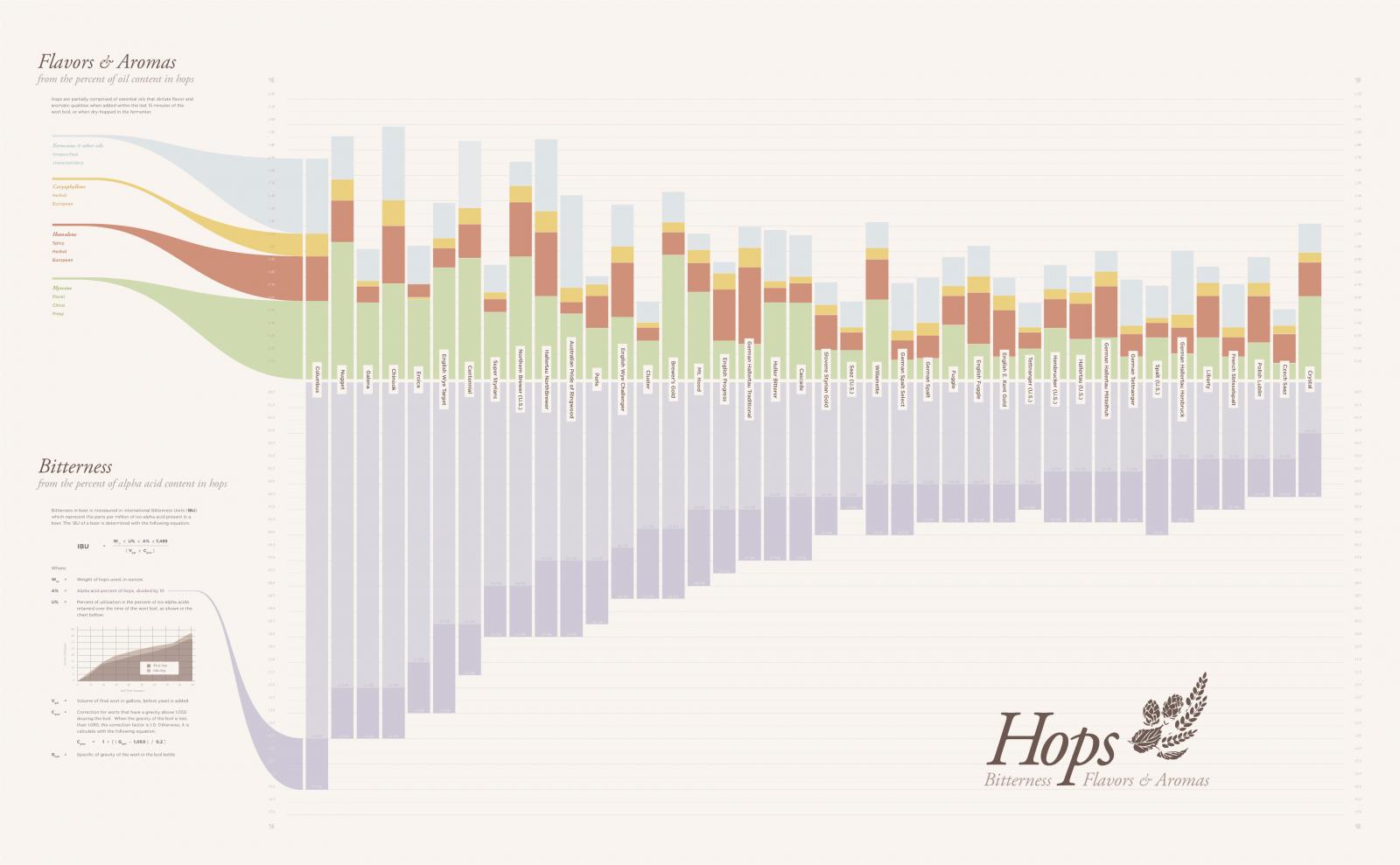philosofool
Well-Known Member
- Joined
- May 8, 2007
- Messages
- 387
- Reaction score
- 74
Okay, thanks for the input and links, all.
I pitched my first beer using a hop stand Thursday morning. Here's the recipe:
8.5 pounds 2-row
3 pounds maris otter
.5 pounds Great Western 15L
1.25 oz. Chinook, 60 min
1 oz. Citra, 45 min. stand @ 160 degrees
1 oz. Azacca, same stand
1 oz. Chinook, same stand
(Dry hops--plan the same as the stand, but awaiting primary fermentation to decide for sure.)
1.4L starter of Wyeast 1217-PC West Coast IPA; sitting at 65 degrees.
Mashed at 148 (was not my target--150 was--but I tend to like my IPA with less body, so maltodextrine if needed, but maybe I like without). 60 minute boil. Ran 1.25 gallons through plate chiller into sanitize fermenter, added back to wort. Stand at 160 (average) for 45 minutes.
O.G. was a little low, 1.058, for 5.25 gallons.
I pitched my first beer using a hop stand Thursday morning. Here's the recipe:
8.5 pounds 2-row
3 pounds maris otter
.5 pounds Great Western 15L
1.25 oz. Chinook, 60 min
1 oz. Citra, 45 min. stand @ 160 degrees
1 oz. Azacca, same stand
1 oz. Chinook, same stand
(Dry hops--plan the same as the stand, but awaiting primary fermentation to decide for sure.)
1.4L starter of Wyeast 1217-PC West Coast IPA; sitting at 65 degrees.
Mashed at 148 (was not my target--150 was--but I tend to like my IPA with less body, so maltodextrine if needed, but maybe I like without). 60 minute boil. Ran 1.25 gallons through plate chiller into sanitize fermenter, added back to wort. Stand at 160 (average) for 45 minutes.
O.G. was a little low, 1.058, for 5.25 gallons.






















































![Craft A Brew - Safale S-04 Dry Yeast - Fermentis - English Ale Dry Yeast - For English and American Ales and Hard Apple Ciders - Ingredients for Home Brewing - Beer Making Supplies - [1 Pack]](https://m.media-amazon.com/images/I/41fVGNh6JfL._SL500_.jpg)



